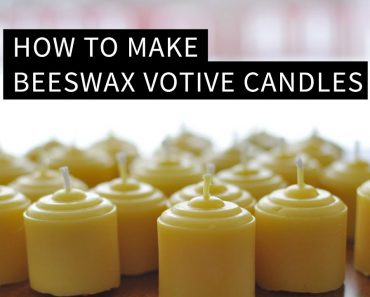The CARB compliant gas can law means all gas cans and gas can lids sold in this country have to have a vapor lock on them. The extra spillage associated with the new caps causes a lot more hazardous material to be released than the vapor it was trying to prevent. Which by the […]
Category: How To (How I Did)
You could call this a How To – but people often tell me I did it wrong – now to be fair you can’t really tell me I can’t do it that way, when the video shows I actually DID do it that way – so to cool down the hateraide – lets just call this HOW I DID
DIY Chlorine Battery
I will tell you right now, a homemade chlorine battery is not going to be as cost effective as commercial batteries. In the nanny state it is almost impossible to get pure enough chemicals to really experiment. However, I think it is important for the sustainable power types to understand what is going on within […]
How to Make Beeswax Votive Candles
When I got into beekeeping I wanted the wax as much as I wanted the honey. Beeswax can be used for hundreds if not thousands of things. It is great bullet lube, helps hold bow strings together, has medical and cosmetic uses, and makes a great additive to woodworking varnish. But one of the […]
How to Build a DIY Steam Boiler
First off, playing with steam – especially under pressure is a dangerous thing. Failure to use common sense and a healthy dose of caution can melt the flesh from your bones. However, if channeled properly steam can transmit a lot of power and turn heat to torque. I have already shown you my weed-eater […]





